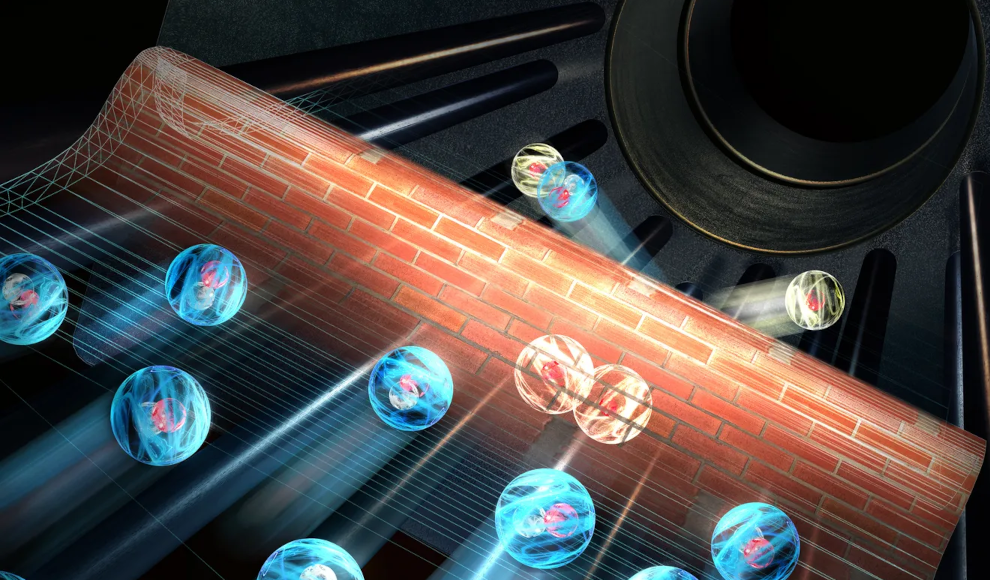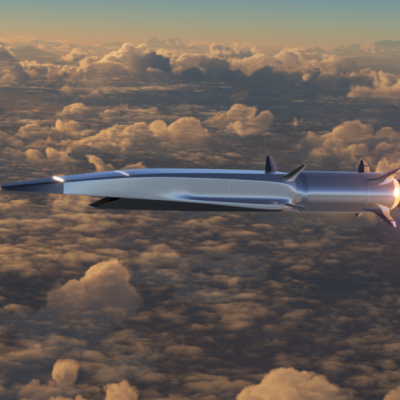In the quantum world, atoms can overcome impenetrable barriers through a phenomenon known as the quantum mechanical tunnel effect. For the first time, this effect has been experimentally observed in a chemical tunnel reaction. The quantum mechanical tunnel effect exists because the position and velocity of a particle cannot be precisely determined simultaneously in quantum mechanics. This means that it is only possible to make probability statements about the position and velocity. With a certain probability, an atom can therefore be located behind an energy barrier.
Although the quantum mechanical tunnel effect has been used in technology, such as in flash memory and scanning tunneling microscopy, predicting such reactions is problematic. Scientists from the Institute of Ion Physics and Applied Physics at the University of Innsbruck have now succeeded in experimentally observing a chemical tunnel reaction. The team investigated the reactions between charged atomic hydrogen and molecular hydrogen, one of the most fundamental molecular reactions that can be fully described quantum mechanically.
In their experiment, the physicists used deuterium, a hydrogen isotope with an additional neutron in the nucleus, as an ion, negatively charged, in an ion trap cooled to around minus 263 degrees Celsius. Although the temperatures in the ion trap were extremely low, collisions occurred, and the quantum chemical tunnel effect caused reactions to occur in rare cases. The experiment lasted for about 15 minutes, during which the physicists determined the number of hydrogen ions produced to derive how often a chemical tunnel reaction occurred.
Although the observation time was long, less than one percent of the particles chemically reacted, making it the slowest reaction ever observed in ions. However, the experiment confirms that a precise theoretical model exists for the chemical tunnel effect.










